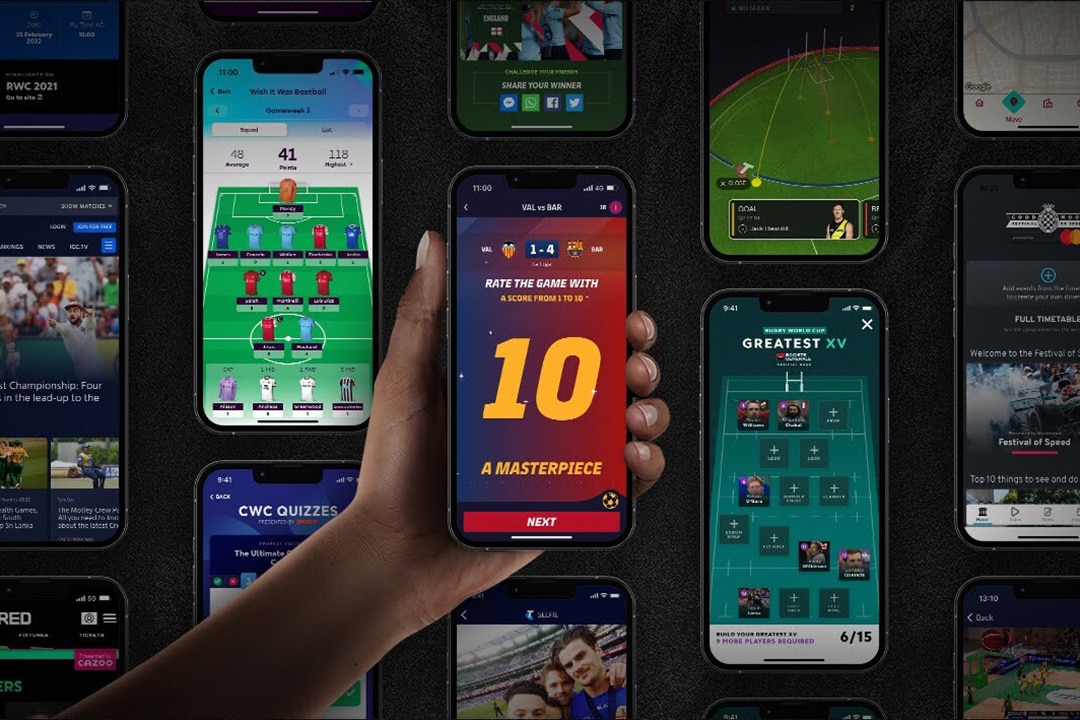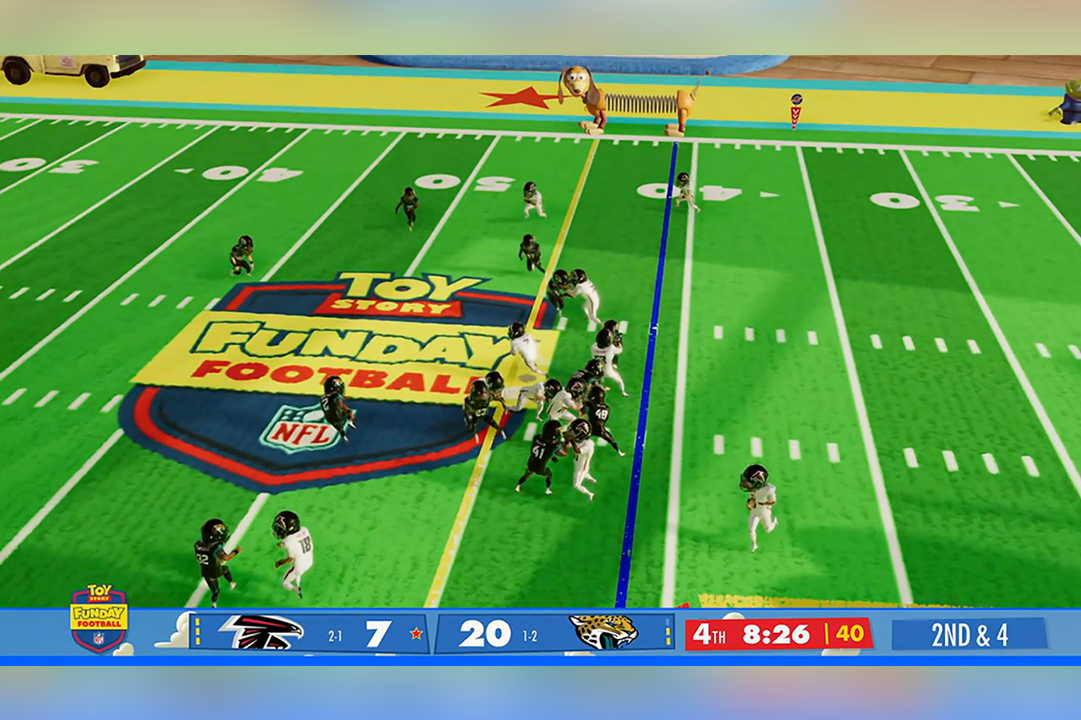Cutting Edge
Dynamic Spectrum Access (DSA)
Optimizing Use of Radio Frequency Resources towards the 5G/Beyond-5G Era
Aug 31, 2020

Repeated verification tests are being carried out to improve DSA
Wireless communication is now an indispensable part of the social infrastructure, and the commercialization of 5G will lead to even more communication traffic. Under these circumstances, scarcity of allocable frequency bands is increasingly becoming a major problem, and countries around the world have been conducting R&D on DSA (Dynamic Spectrum Access) technology to find a solution. In this article, three engineers working on DSA technology will discuss their work.
Profile
-

Ryo Sawai
Tokyo Laboratory 22
R&D Center
Sony Corporation -

Sho Furuichi
Tokyo Laboratory 22
R&D Center
Sony Corporation -

Tomoaki Matsumura
Tokyo Laboratory 22
R&D Center
Sony Corporation
Centralized management of frequency bands to optimize
utilization of radio frequency resources
──First, could you please explain the current situation with regard to the scarcity of frequency bands?
Ryo Sawai:Currently, in order to prevent radio interference (where radio waves of the same frequency interfere with each other and cause disruptions), national regulatory authorities (NRAs) in each country and region assign specific frequency bands to each operator. However, many of the frequency bands are already in use, and finding new bands for mobile communication applications is becoming increasingly difficult worldwide. With wireless communication devices such as smartphones and IoT devices on the rise, it is getting difficult for NRAs to assign new frequency bands to operators for their new usage such as 5G due to the scarcity of frequency bands.
Tomoaki Matsumura:The global spread of COVID-19 has also caused many industries to rely more heavily on remote communications, meaning that transmission capacity of mobile devices is only going to increase. If radio resources cannot keep up with the speed of future wireless communication technology developments and diverse needs, then it could impact the social infrastructure and development of various technologies. Given Sony's diverse business portfolio, we would also be greatly affected.
Sho Furuichi:However, there is an underutilized spectrum of already-assigned frequency bands. Since frequency bands aren't always in use and the system was designed with leeway to minimize radio interference, we really cannot say that radio resources are being used to their full potential.
The solution to these problems is the DSA (Dynamic Spectrum Access) technology that we are going to discuss today.
──What exactly is DSA?
Sawai:In DSA-based spectrum regulation, a centralized management database is used to assign underutilized spectrum to new operators per their demands without causing undue radio interference to incumbent operators, thus efficiently using finite radio frequency resources. In other words, it is a technology for sharing frequencies without disturbing the current system.

*Citizens Broadband Radio Service (CBRS)
CBRS is the name of Title 47 Code of Federal Regulation Part 96 and the collective name of wireless services utilizing the specirum in accordance with Part 96. Part 96 governs the use of underutilized radio freguency resources in the 3550-3700MHz band primarily assigned to the Department of Defense (mainly the US Naw), fiked satellite services, wireless broadband services, etc. Under the Part 96, SAS is defined to manage the use of underutilized radio feguency resources by CBRS Devices (CBSDs, refer to base stations). In addition to Sony, other SAS administrators (Amdocs, Commscope, Federated Wireless, and Google), operators (AT8.T, Verizon, etc), and numerous vendors (Ericsson, Nokia, Oualcomm, etc.) were involved in the CBRS standardization work within the Wireless Innovation Forum. The FCC and other federal agencies such as the Department of Defense also participated as observers.
Sawai:DSA will help to mitigate the shortage of radio resources and contribute to the realization of a social infrastructure that allows us to connect to anywhere, anytime, without hassle. It will allow mobile network operators (MNO) to have increased access to radio frequency resources when necessary, leading to higher quality communication services with greater bandwidth. Non-MNOs (i.e. private network operators) can also use the underutilized spectrum to deploy and operate their own private/local networks in specific areas (e.g. stadiums, factories, etc.). Sony has been researching and developing DSA technology for over 10 years, so we have been granted many important patents in this area.
From legislation and standardization to commercialization
──Please tell us about the process leading up to acquiring these patents.
Furuichi:The introduction of DSA requires firm regulations and technical standards. In parallel with the technical development, Sony has also been involved in the standardization of the "Citizens Broadband Radio Service" (CBRS), which is the regulatory body overseeing DSA technology in the US.
The standardization work kicked off in 2015, and Sony, as a prospective SAS administrator, has been involved in the development of the technical specifications and ecosystem for CBRS. In January 2018, the development of technical standards for FFC certification (called "CBRS Baseline Standards" or simply "Release 1") was completed, but the specifications were repeatedly revised right up until the certification test. To the best of our knowledge, there is almost no precedent anywhere in the world for discussions on large-scale standardization involving technical specifications for DSA mechanism, ecosystem establishment, and certification tests for commercialization. I think the CBRS commercialization was achieved thanks to the close and active collaboration among the many participating companies.
Matsumura:During this process, Sony filed a SAS Administrator application with the FCC in December 2016, and the certification test started in November 2018. After that, we went through a lab test and a field test called ICD (Initial Commercial Deployment), and in January 2020, we were finally able to obtain FCC certification for the SAS (Spectrum Access System) used for CBRS.
High-speed calculations and
radio interference protection technology
──Please tell us about SAS.
Furuichi:There are two technologies that were adopted in the technical specifications for SAS to manage radio interference. The first is a propagation model that takes terrain into account. It is able to estimate the amount of radio interference to incumbent radio systems with high accuracy and expand opportunities for CBRS users to use underutilized radio frequency resources.
The second is the US Navy's radar protection algorithm. A SAS is informed whether a shipborne radar is in use, but its detailed location information cannot be disclosed to the SAS for national security reasons. To protect such sensitive incumbents, at first, the coastal area was divided into multiple Dynamic Protection Areas (DPAs). Then, the protection algorithm was designed so that a SAS can suspend the radio transmission by potentially interfering CBRS Devices (CBSDs) located at the neighborhood area of a DPA where a shipborne radar is detected.

The ocean areas surrounded by red lines are DPAs. A portion of the CBSDs in the red land area are subject to restrictions for use of underutilized radio frequency resource when shipborne radar signal is detected. Controlling this huge number of CBSDs is a complex and burdensome operation.
Matsumura:A SAS needs to perform complicated calculations for radio interference protection in synchronization with other SASs once per day. However, due to the large-scale deployment of CBSDs, it takes a huge amount of calculation time if the SAS is simply implemented with no special design according to the relevant technical standards. In cooperation with Sony Global Solutions, the R&D Center has adopted a highly scalable cloud architecture and added unique innovations to speed up the calculations. Sony's SAS have achieved high system stability by incorporating multiplexing on the cloud and multiple fail-safe mechanisms. These initiatives were a factor in acquiring our FCC certification.
Utilizing Sony's technologies
to create future social infrastructure
──Please tell us about Sony's strengths in this field.
Furuichi:I think that Sony has three major strengths in this field.
The first is that we have many important patents. This was a result of us noticing the importance of DSA technologies early on and working through a series of processes from basic technology studies to field verification.
The second is our active contributions to the related standardization organization (WInnForum). Discussions are currently underway to improve the CBRS (Release 2), with Sony members serving as vice-chair and technical editor in the Spectrum Sharing Committee (SSC)'s Working Group 3, which is tasked with selecting board members and developing protocol standards.
Matsumura:Third, we have commercial-grade machinery with differentiated functionality. As one of our first steps towards developing CBRS/SAS, we obtained a database certification for digital television broadcasting frequency bands in the UK in 2015. That technical specification is the basis of the SAS development. Therefore, we were able to proceed with the development at an early stage.
──Please tell us how you manage to recognize this issue in an early stage.
Sawai:The theme of my PhD was software for wireless communications, which was the forerunner of DSA technology. Over 10 years ago, when I was involved in the standardization of 4G, I asked myself, ‘What would be coming in the next generation? Would it be possible to create a technology that changes how communication is utilized?' That was the beginning of the DSA technology development. It had the potential to be a game changer, so I began paying close attention to the timing of its implementation in society and the change in usage cases relating to its initial introduction. Soon afterwards, work began on establishing rules (non-dynamic interference prevention based on distance calculations) to utilize TV White Space (TVWS), temporarily unused spectrum between broadcasts, in the Super Wi-Fi communications system in Europe and the US. At the time, Sony was in the process of establishing the feasibility of interference prevention technology to maximize opportunities for secondary users while properly protecting existing users. The legalization and standardization work for TVWS was carried out by an organization called CEPT SE43, to which approximately 40 European countries were affiliated. There was almost no participation from Asian countries, but with the support of the European members, we attempted to draw up a technical proposal. After several years, this proposal was successfully adopted. After that, we increased our staff and accelerated R&D on DSA technology, including the development of a radio wave monitoring database that was the precursor of SAS.
──Please tell us about future developments and possibilities.
Furuichi:The movement towards social implementation of DSA is growing worldwide. Operators around the world are looking into frequency allocation for 4G/5G in limited areas (private LTEs, local 5G networks), non-MNOs are customizing 4G/5G network functionality, and new systems and infrastructure are being established to allow for monopolization of radio resources. There are some concerns that adjusting radio wave interference between private networks will become more complicated with the rapid expansion of 4G/5G, but we believe that our SAS database server and radio wave interference suppression technology can contribute.
We also expect that the use of database servers will simplify, automate, and streamline the procedure for allocating radio resources to non-MNOs.

A verification test at Sony City Osaki
Matsumura:Last year, we built a system at Sony Pictures Entertainment in California, the US, to verify the CBRS. By connecting the base stations to Sony's SAS, we have realized a dedicated private LTE environment that allows for communication outdoors. Moving forward, we will use this know-how to conduct tests all over the world. Sony City Osaki (Tokyo) has already begun verification testing, and Sony Europe's UK Technology Centre has plans to do so in the future.

Repeated testing has been carried out at Sony Pictures Entertainment in Culver City, USA
Sawai:In the future, a wide range of businesses will utilize 4G and 5G, and Sony will lead the way with DSA technology. Not only will we work to enhance the CBRS system and relevant technologies in the US, but we will also promote the introduction of technologies suitable for environments in other countries and regions.
Related papers, conference announcements, patents, etc.
[Related standards]
Wireless Innovation Forum, "CBRS Baseline Standards (Release 1)"
Wireless Innovation Forum, "Enhancements to CBRS Baseline Standards (Release 2)"
[External announcements]
Sawai, "Points of R&D Based on Cases in Other Countries," Dynamic Frequency Sharing Symposium, November 2019
Sawai, "Points of R&D for Dynamic Frequency Sharing Technology Based on Cases of Implementation in Other Countries," 2020 IEICE General Conference, March 2020
Kuriki, Onose, Kimura, Sawai, "Cumulative Interference Calculation Method Considering Antenna Rotation of Primary Radio Stations in Dynamic Frequency Sharing," 2020 IEICE General Conference, March 2020
Onose, Kuriki, Kimura, Sawai, "Interference Control Method Considering Beamforming in Dynamic Frequency Sharing," 2020 IEICE General Conference, March 2020
Sawai, "Dynamic Frequency Sharing Based on Cases in Other Countries," Multimedia Promotion Forum, September 2020
Sawai, "Issues and Improvements in Database Management Technology for Dynamic Frequency Sharing," 2020 IEICE Society Conference, September 2020




